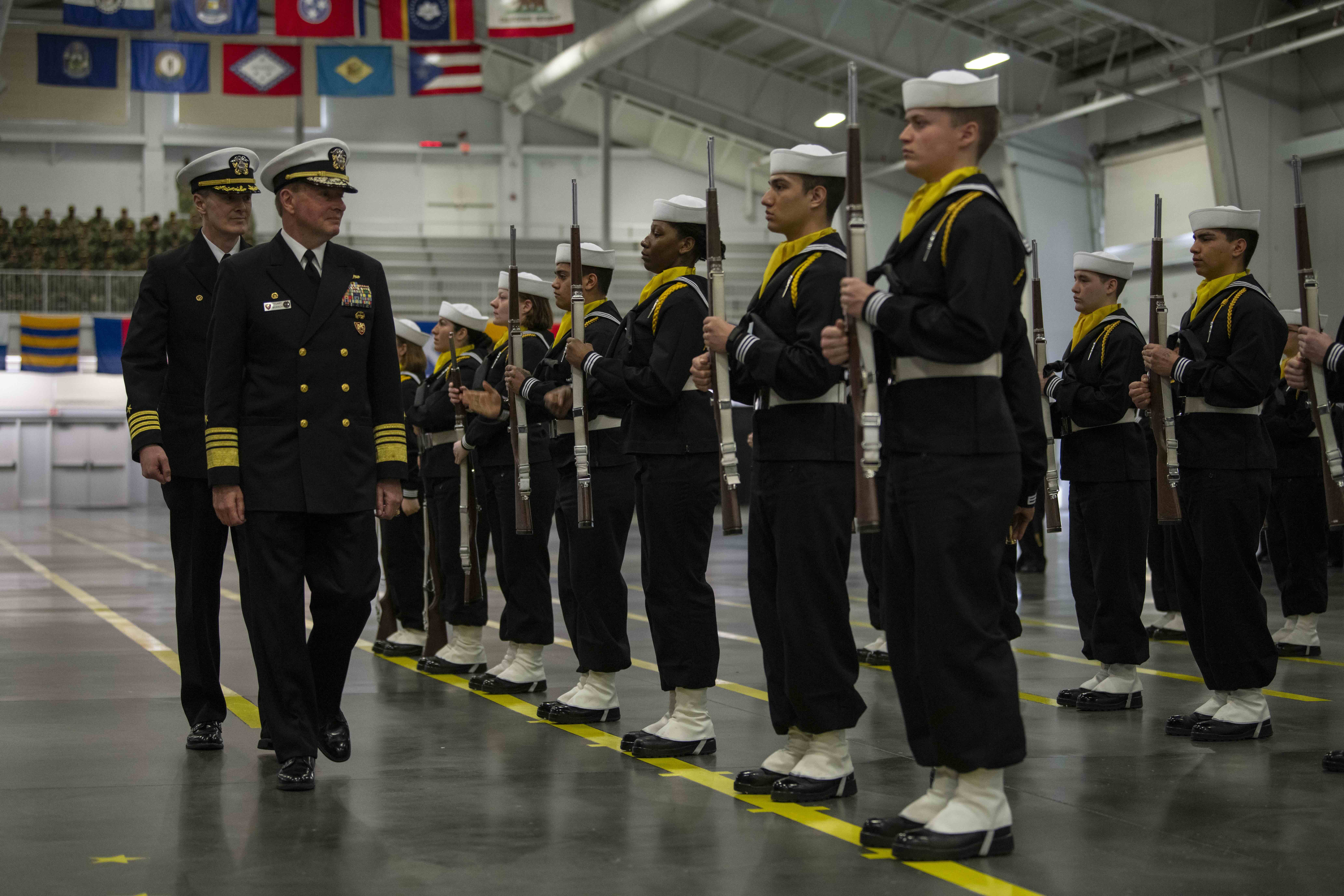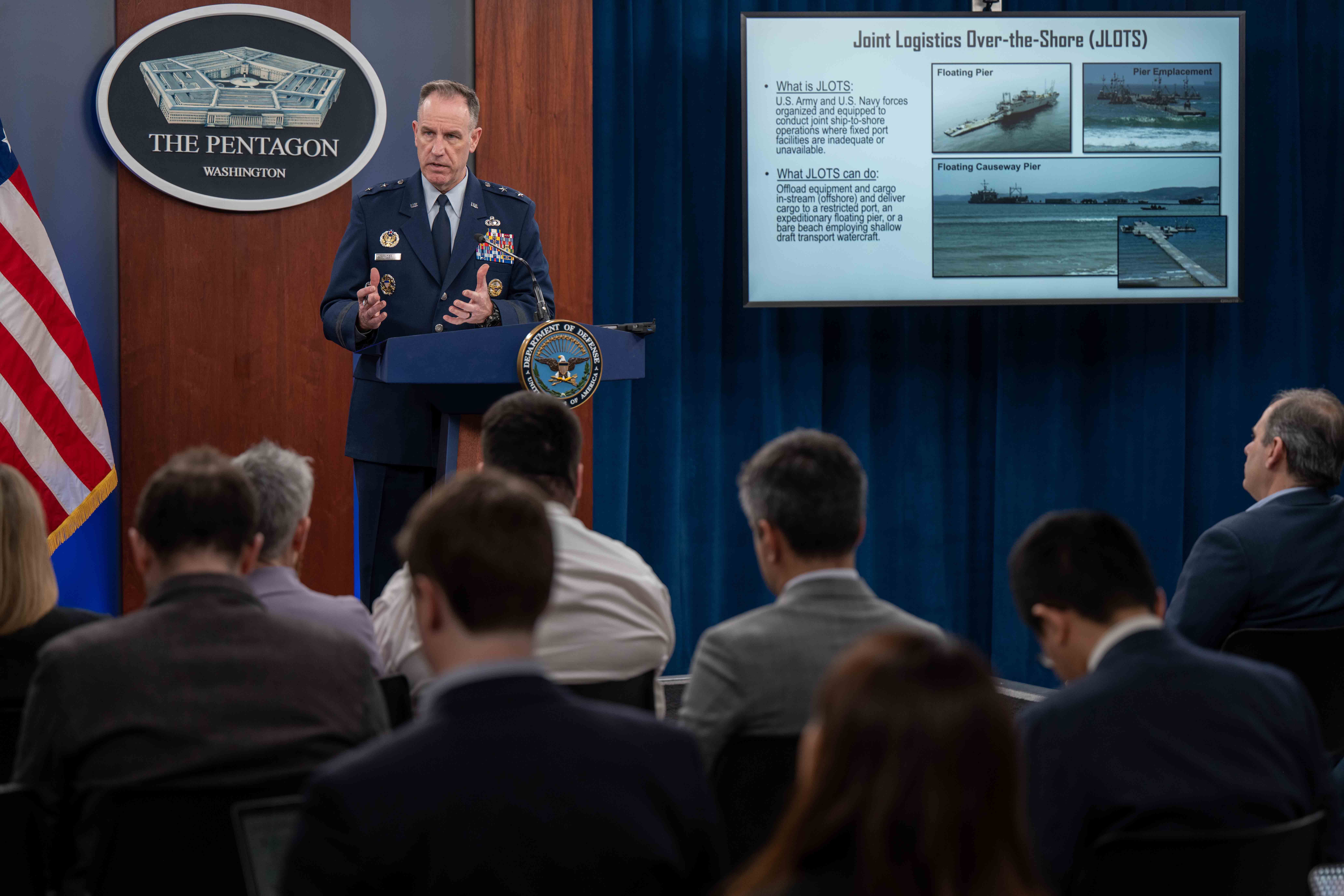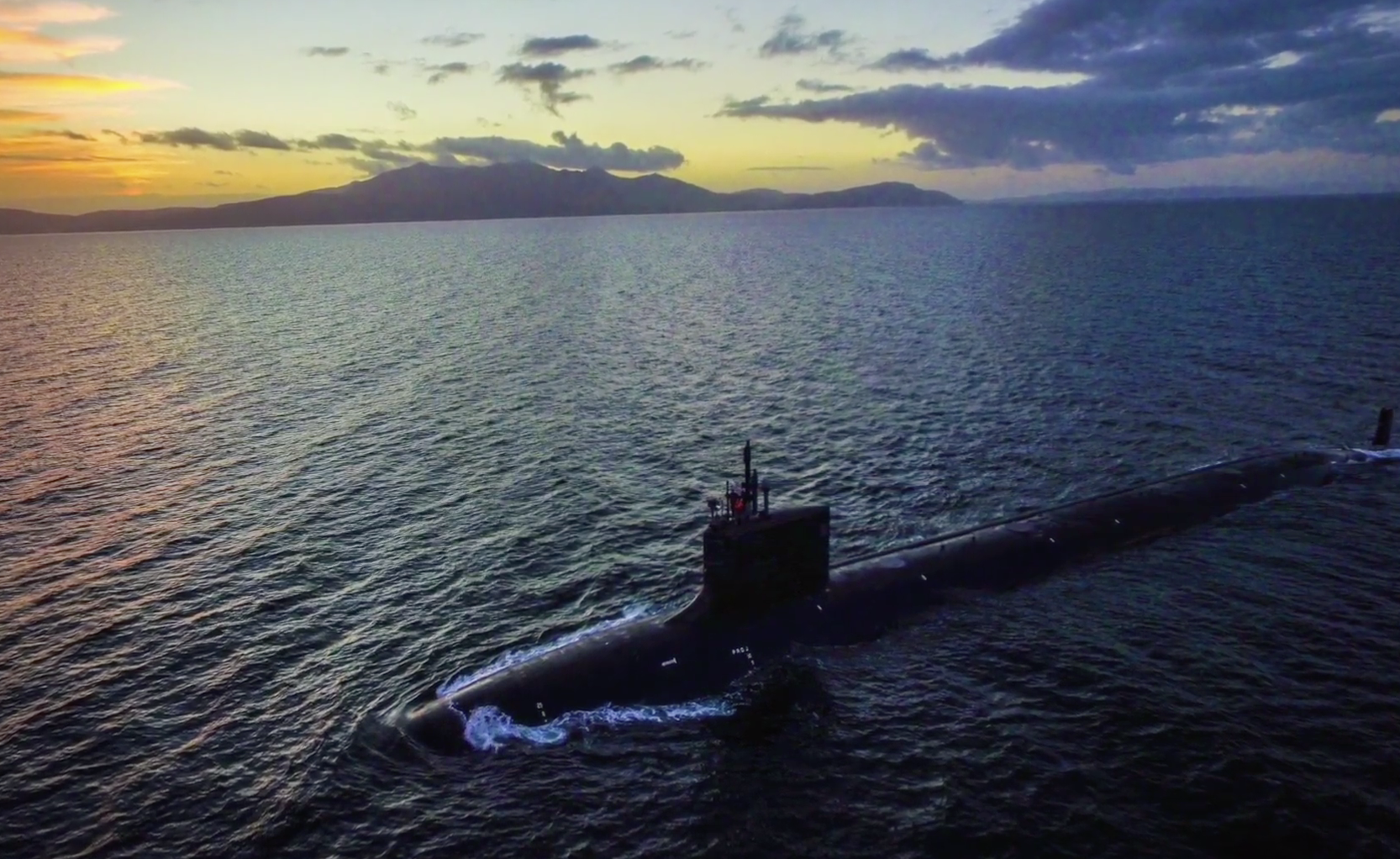
ARLINGTON, Va. — The U.S. Navy submarine force is creating an aggressor squadron as one initiative to ensure all subs are combat-ready as the service trains to take on China and Russia, the commander of Naval Submarine Forces said on Wednesday.
Vice Adm. Charles Richard, who took command in August, drew attention during the change of command ceremony by telling the force to “prepare for battle.”
He has backed up those words with actions in the months since, moving ahead with a plan – updated in March to reflect the National Defense Strategy – that includes refocusing training and certification on combat and developing new tools and concepts to support high-end warfighting.
The plan – called the Commander’s Intent for the United States Submarine Force and Supporting Organizations – led to an overhaul of training for the attack submarine force, Richard said today while addressing the Naval Submarine League at its annual conference.
“We have restructured and retuned the fast attack training period to ensure that we’re ready for that high-end fight, including restructuring what we used to call the Tactical Readiness Evaluation, and it is now a Combat Readiness Evaluation to ensure we’re focused on warfighting,” he said.
“We’ve updated the deployment certification process to eliminate duplication, put the right focus in the right place. I’ll tell you that I am driving to put competition in everything we do inside the submarine force. I want to produce winners and losers just like we do in battle; it does you no good to be at standards if your opponent is more at standards than you are. You still lose, and in this competition, you may not come home.”
The new aggressor squadron fits in with the desire to create more high-end sub-on-sub competitions and ensure the Navy is ready to win. Richard said the plan mimics what the naval aviation community has at “Top Gun.”
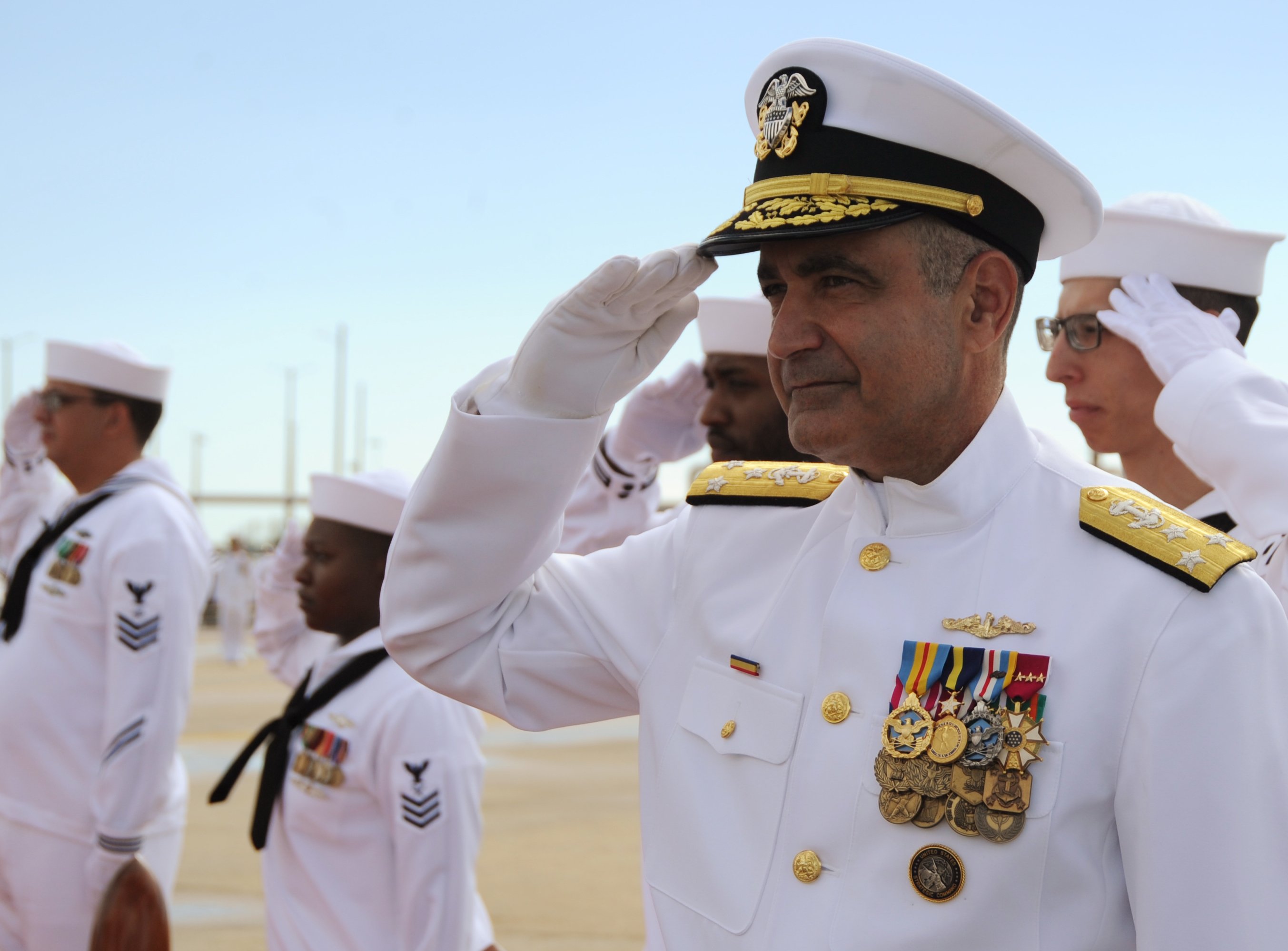
Navy spokeswoman Cmdr. Sarah Self-Kyler told USNI News at the event that, unlike Top Gun, the squadron won’t have its own submarines dedicated to training the squadron and fighting other submarines in training events. Instead, the squadron will include a yet-to-be-determined number of personnel – which Richard said would include active and reserve sailors and civilians – and that personnel would get to work with submarines and sub crews as allowed by operational and training schedules.
Richard, calling the new group “a cadre that does nothing but emulate red in all of our training and certification exercises, said “we’re taking a page from naval aviation and we’re establishing an aggressor squadron with a team that will become experts in employing our adversaries’ potential capabilities and then set them up to be able to go head-to-head with our units so that we’re always training against what we think is the highest fidelity simulation I can give them in terms of what they might be able to expect when they go into combat.”
The Commander’s Intent plan also outlines an Undersea Rapid Capability Initiatives (URCI) program that Richard said not only delivers “stuff” but also concepts of operations, tactics, maintenance strategies and more.
“I can’t go into a lot of detail given the nature of the work – it is classified – but I am able to tell you that we are working on 26 major future projects, including the Navy’s number-one priority of strategic deterrence; 13 URCIs; 11 operational initiatives; and a series of advanced workshops and military exercises designed to expand our capabilities in the undersea domain. We are pursuing next-generation weapons, multi-domain sensors, comms systems, navigation aids, and unmanned and autonomous technologies. In some cases, these capabilities are revolutionary and will inform future programs of record.”
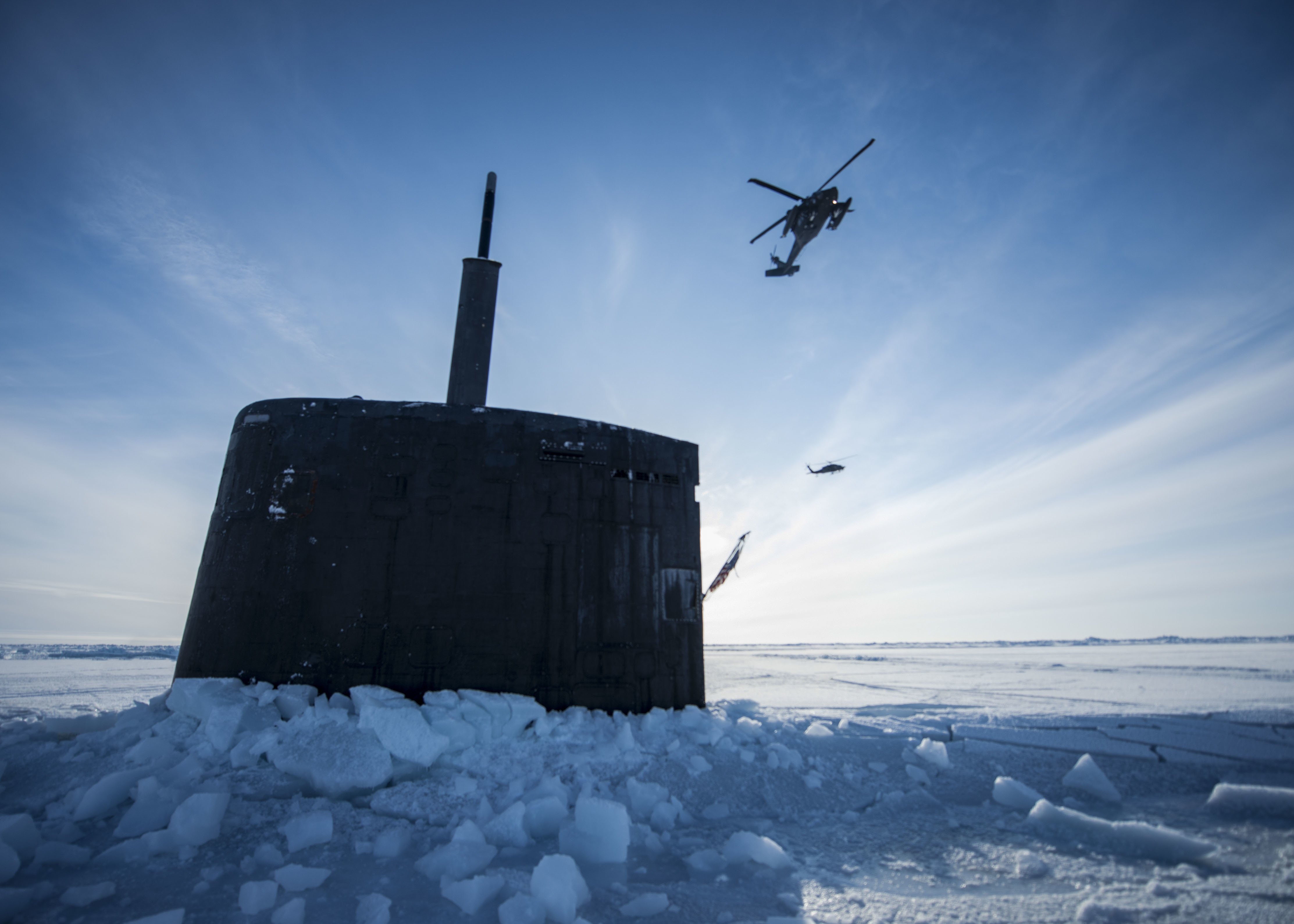
On the hardware side of this rapid development, Richard highlighted the work the Navy’s Digital Warfare Office is helping them do to move full speed ahead with “the employment and naval application of artificial intelligence and machine learning.” He also cited DARPA and the Office of Naval Research and their work with prototypes of unmanned systems and advanced sensors that have made significant progress in development and testing in just the past couple of years.
Lastly, he cited the ingenuity of the fleet in embracing additive manufacturing as a means of boosting readiness and helping reduce their logistics footprint.
“Onboard our submarines, we are embracing the future of at-sea maintenance and repair. We are actively experimenting with additive manufacturing and working expediently to provide this capability to all of my ships – all of my boats will get 3D printers in the near-term,” Richard said.
He noted that SUBSAFE standards would still apply but that the printers could still prove to be a useful asset to the crews. The crew of attack submarine USS Virginia (SSN-774) bought their own 3D printer and “in using that, built themselves a part at sea and helped keep their boat on deployment. It is that type of initiative and problem-solving that happens daily across the force.”


